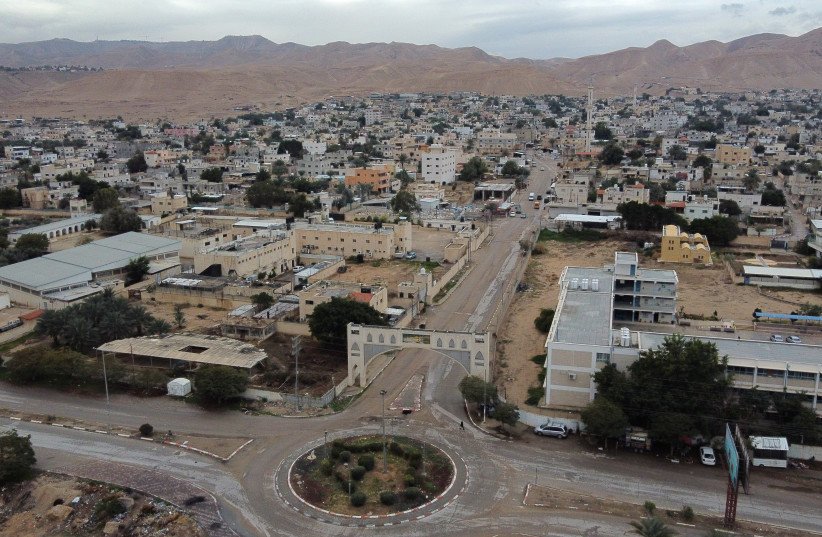ON DISPLACEMENT
Ruihao Yang, Yao Zhang, Mohan Chen
Our group delves into the complex issues of Jericho and its surrounding areas from a political standpoint, covering the misconduct of Israeli soldiers, the challenging survival and displacement of refugees in Aqbat Jabr Camp, the controlled and politically significant nature of the Allenby Bridge, and the cruel impact of Israel's continuous settlement expansion.
Israeli soldiers beat and kill Yasin a-Saradih after he attempts to assault, Jericho, 22 Feb. 2018
The evening of February 22, 2018, witnessed a tragic event as Israeli soldiers carried out a brutal attack on resident Yasin a-Saradih in the city center of Jericho, leading to his death. This incident highlights the normalized incursions of Israeli soldiers into PA-controlled areas, exacerbating the sense of insecurity among civilians in the Jericho region. - Resource from here
CCTV footage clips. -B’Tselem
Aqbat Jabr Camp
The Israeli occupation of Palestinian land in 1948 marked the beginning of a long journey for Palestinians. The challenging survival conditions within the Aqbat Jabr camp serve as a microcosm of the Palestinian experience of displacement. Through nearly 70 years of development, this once makeshift camp of simple tents has been forcibly transformed into a complete community. However, its residents remain refugees, unable to return to their lands. Despite efforts to improve living conditions with the support of UNRWA, they still face frequent Israeli attacks and strict controls.
Overall of Aqbat Jabr Camp
Occupied West Bank Refugee Camps map. Aqbat Jabr camp is the largest camp in the West Bank by surface area. -Drawn by author
Current situation of Aqbat Jabr Camp
Buildings Status of Aqbat Jabr Camp in 2023. -Drawn by author
Architectural material change in camp
Stage 1: When the camp was first established in 1948, there were nothing but simple tents provided by UNRWA. So these refugees can only live in these tents with their whole family at first, waiting for the supply of food, clothing, blankets, and other essentials. As a temporary and emergency measure to settle these refugees, they lived in this chaotic state for over a year.
Tent model. -Drawn by author
Corrugated iron model. -Drawn by author
Photo of Aqbat Jabr Camp [1969]
Stage 3: Gradually, these Palestinian refugees began to use mud-brick and concrete brick to replace their simple makeshift houses and build more durable houses with funding from UNRWA. These refugees have to settle down and start to establish living facilities such as shops and markets in the refugee camp. Because they are losing hope of returning to their land and there’s nothing they can do
Mud-brick and concrete-brick house model. -Drawn by author
Photo of Aqbat Jabr Camp [1972]
Stage 4: With the help of a shelter rehabilitation project, implemented by the UNRWA, these refugees attempt to improve their houses by using reinforced concrete to build a more sturdy and higher house for their family. Meanwhile, they pave their own streets and improve infrastructure in the camp, with the help of materials and cash grants furnished by UNRWA so they can live in a better environment.
Reinforced concrete house model. -Drawn by author
Witness
Photogrammetry of Aqbat Jabr Camp. -Drawn by author
In the West Bank, there are 19 official refugee camps, which were established after the 1948 Arab-Israeli war. Some Palestine refugee families have lived in the camps for generations. Around 25 percent (275,506 inhabitants) of the population registered with UNRWA in the West Bank lives in camps.
Location plan for Aqbat Jabr Camp. It’s located southwest of Jericho in the Jordan Valley. Most of the camp is under full Palestinian control (Area A), with only a small part under Israeli control (Area C), the majority of which is agricultural land. -Drawn by author
Photo of Aqbat Jabr Camp. -Eyal Sivan
Photo of Aqbat Jabr Camp [1948 ]
Stage 2: To withstand the dusty heat of summer and the harsh winters, UNRWA provides wood, corrugated iron, and planks to help these refugees build a stronger makeshift house. At the same time, UNRWA also built some prefabricated shelters to help settle down new refugees.
Photo of Aqbat Jabr Camp [2012]
“We built and settled down. What else could we do?”
—Abou Moussa (53 years old), Aqbat Jabr Camp refugee since 1948
Photo of Aqbat Jabr Camp [1969]
Photo of Aqbat Jabr Camp [1972]
Photo of Aqbat Jabr Camp [1972]
Memories with the escape route
Photo of Aqbat Jabr Camp. -Ammar Awad
Aqabat Jabr Palestinian refugee camp, Jericho aerial
UNRWA provides Aqbat Jabr Camp with essential infrastructure, housing, education, and healthcare services, aiming to uplift the livelihoods of refugees through vocational training and employment support. The organization actively promotes community development projects, contributing to improved living conditions for residents and offering comprehensive support and assistance to Palestinian refugees. Today, Aqbat Jabr Camp has transformed into a fully functional community, reflecting the positive impact of UNRWA’s initiatives.
Photo of Aqbat Jabr Camp [1961]
Photo of Aqbat Jabr Camp [1969]
Photo of Aqbat Jabr Camp [1972]
Photo of Aqbat Jabr Camp [1984]
Photo of Aqbat Jabr Camp [2021]
Interview Translation :
My name is Abou Moussa. I am 53 years old. I was born in Ramleh. Before 1948, Ramleh was a true paradise. At first, there was the Arab army, they left and the village surrendered. Then, there was the Zionist propaganda, and the massacre at Deir- Yassine. They killed women and children. The Jews…They expelled the Palestinians. Otherwise, Israel would never have existed.
We left on 15th May 1948. We left our village, because the Israeli came and occupied our land. That evening, we were taken in buses to Salfite, to the border. We stayed for 3 days at the Arab border. On the 7th day they said ‘Go to Amman’.
We left, with 4 families in one car, for Amman. We waited a whole day to cross the border. At 8pm they said, ‘That’s it, the border’s closed’. They ordered us: ‘Get in your cars and go to Aqbat Jabr.’
A policeman took us to Aqbat Jabr. We arrived at the camp, there was no one there, only tents. No-one, absolutely no one. Only those who had come from the border. It was like that for 2 months. We were given bread and food. We were in a miserable state. A year later, they gave us some wood and corrugated iron and 200 planks. They told us to each build a house of 16m2.
After 1967, Israel came. At 6:30am, the Jews started bombing. People were screaming: ’they’ll cut our throats, they’ll kill our women!’ 65,000 refugees were living in the camp, and they all left in one day. We went to Amman.
We stayed there a mouth. We came back secretly. I brought my children back, 2 boys and a girl. We built and settled down. What else could we do? - Resource from here
Escape route map of Abou Moussa. -Drawn by author
Allenby Bridge and checkpoint
ALLENBY BRIDGE
The Allenby Bridge has featured in numerous stories of displacement for Palestinian refugees in the West Bank – They tried to cross this bridge or were blocked by it. Since the Six-Day War in 1967, the Allenby Bridge has been under Israeli control, serving as the vital passage for Palestinian people traveling between Palestinian territories and Jordan. Israelis have established a huge checkpoint system on the west side of the bridge to enforce strict control over the crossing of Palestinians.
Photo of the current Allenby bridge
Photo of the current Allenby bridge
Model of the original Allenby Bridge, Drawn by author
Development of Allenby Bridge
Since 1968, Israel has continuously constructed settlements like Vered Yericho in the Jericho area to advance their occupation of the West Bank. Gradually, these actions have fragmented and eroded Palestinian land and resources. To date, Israel has established up to 20 settlements in the Jericho region, and the expansion continues.
Location plan of Allenby Bridge. Drawn by author
A nightmare in their minds
Following the signing of the Israel-Jordan Peace Treaty, a new modern crossing bridge, the current Allenby Bridge, was constructed with the assistance of the Japanese government near the site of the old wooden bridge. It has since become the only passage for the Palestinian people to enter and exit the Palestinian territories, earning it the name "Bridge of Nightmares" among the Palestinian community.
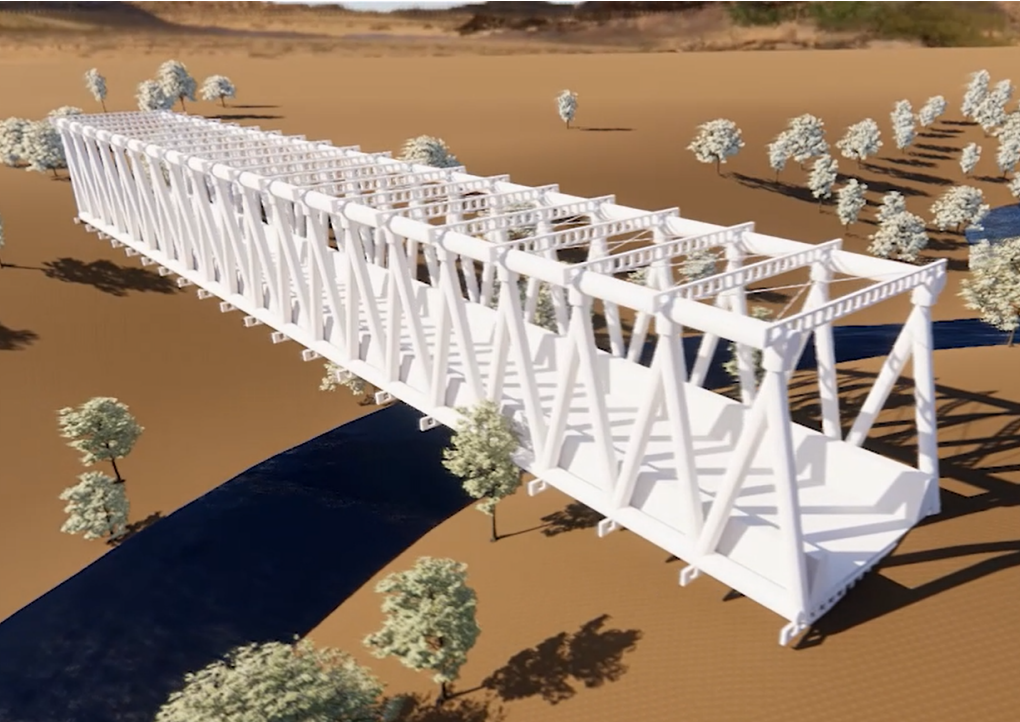
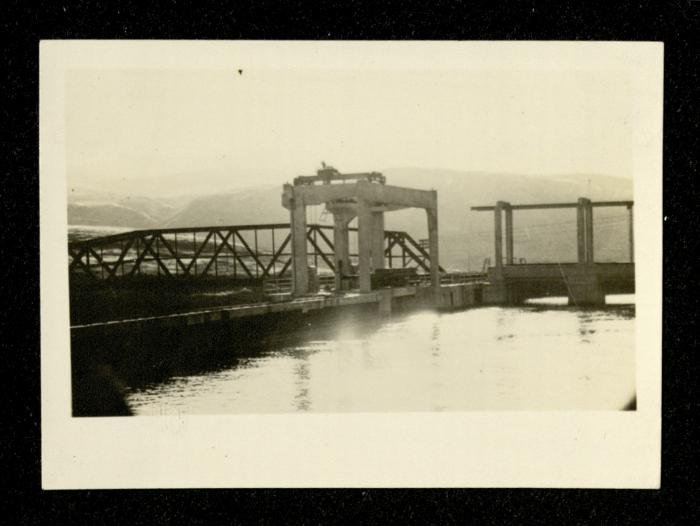

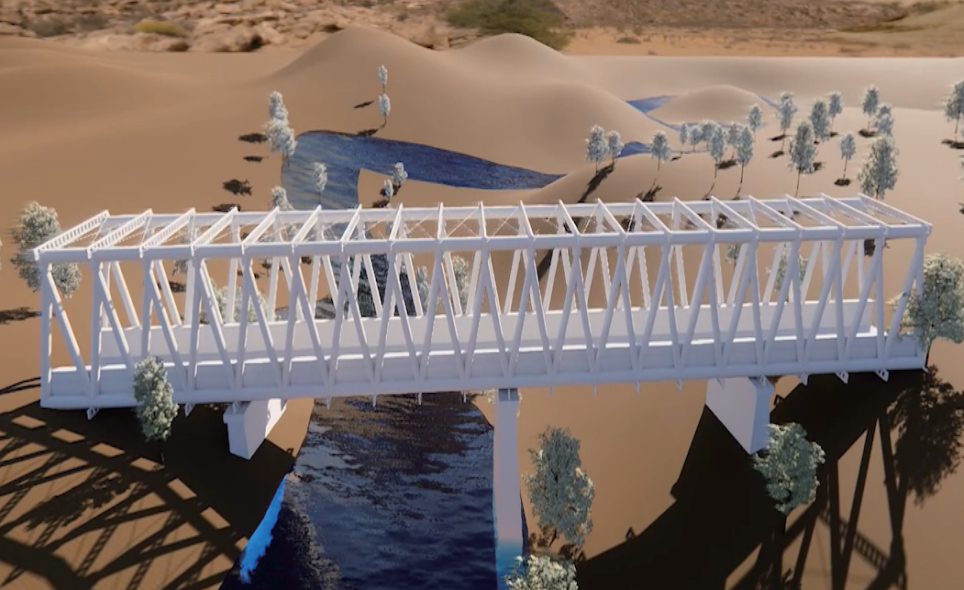
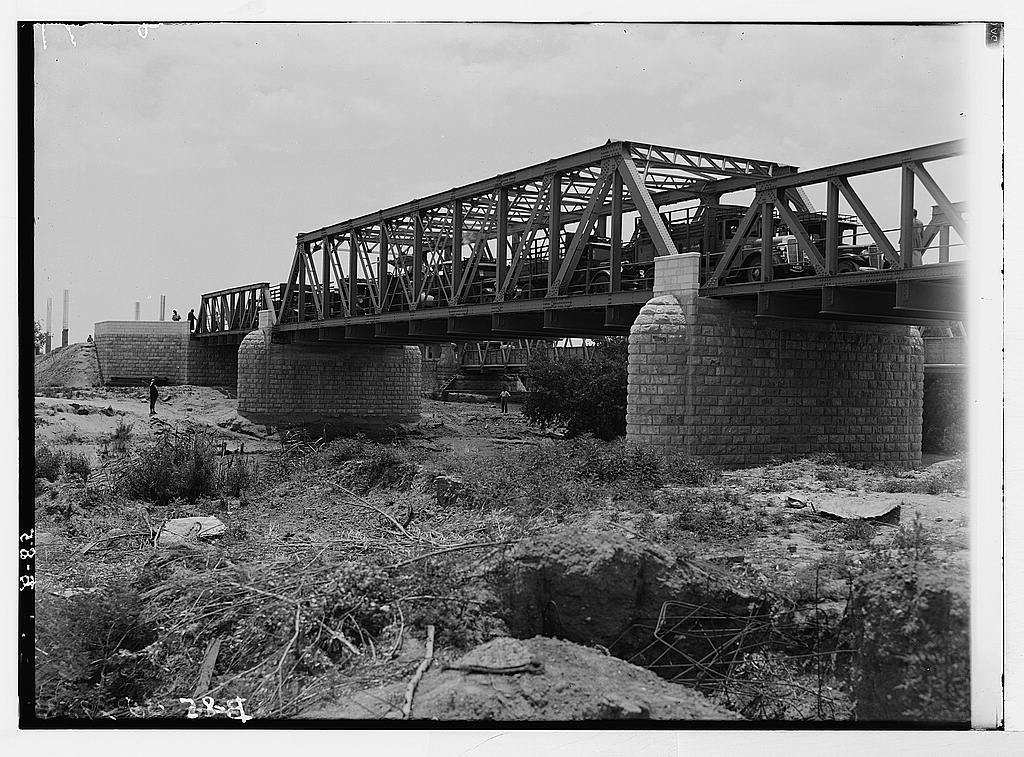
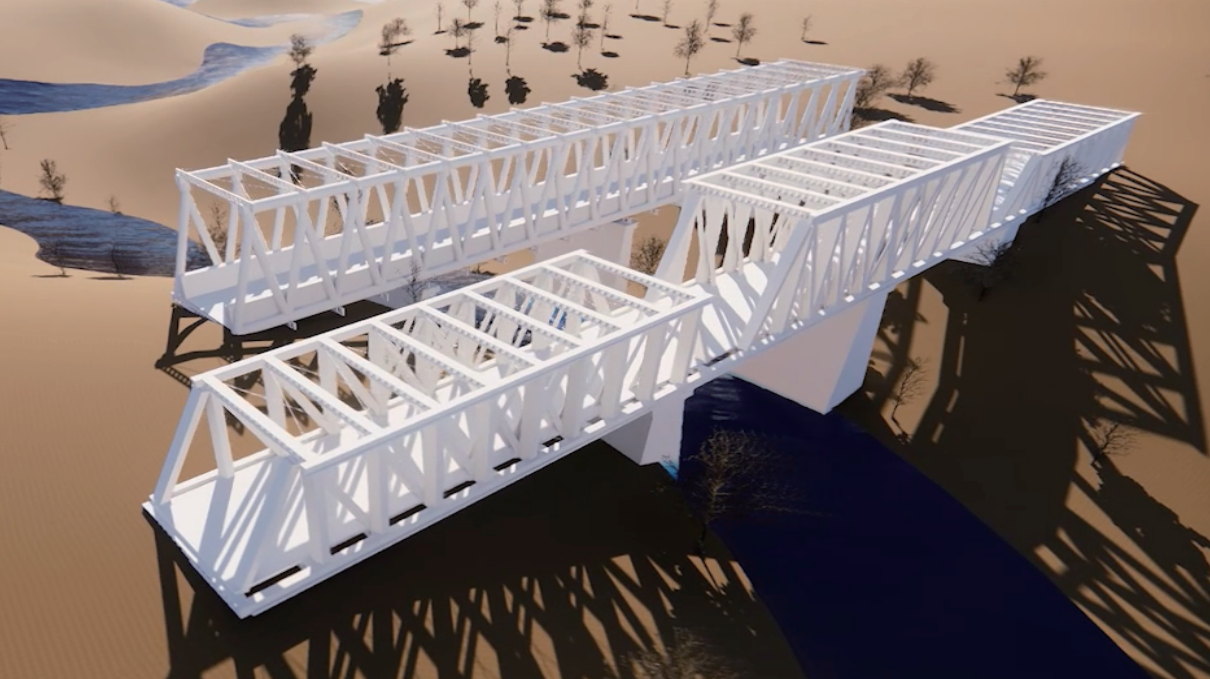


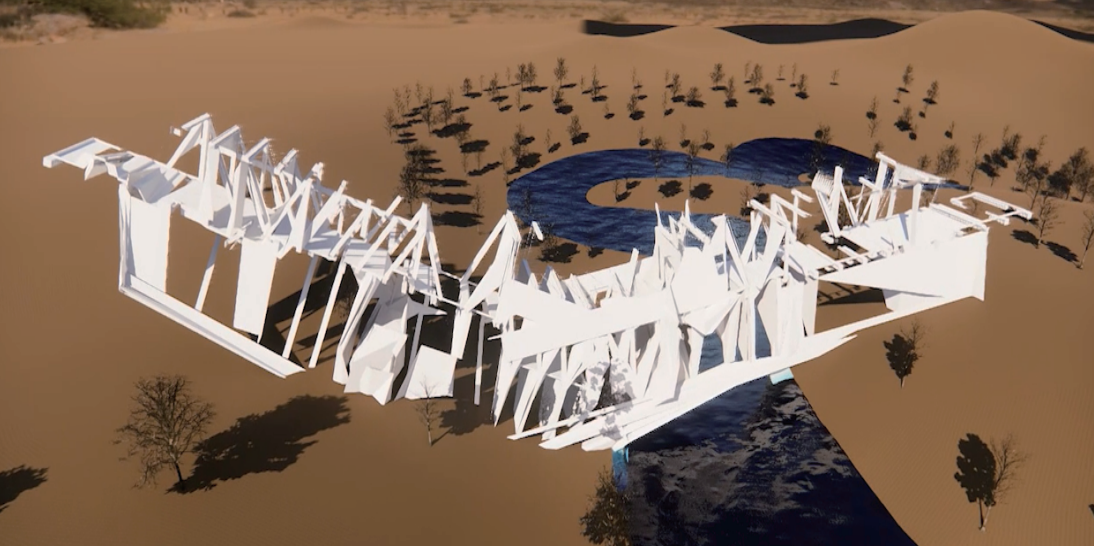

INTERVIEW
What is Happening in Palestine? An Interview with Ariella Aïsha Azoulay
By: Maria Nadotti
Maria Nadotti
What exactly is happening in Palestine?
Is this perhaps the umpteenth chapter of a colonial-style conflict?
In which way, in your opinion, does the ongoing Palestinian uprising differ from the first and second Intifada, which began in 1987 and 2000 respectively?
Ariella Aïsha Azoulay
Palestinians are rebelling against the Zionist colonialism all over Palestine. They are struggling against the same oppressive and lethal colonial mechanisms by which they have been dispossessed and ruled for decades. Since 1948, Palestinians have struggled for their freedom and return to Palestine
The colonized never gave up. For decades, millions of Palestinian refugees continued to transmit to their descendants their attachment to Palestine and their adherence to their Palestinian identity. Contrary to the expectations of colonizers everywhere, that the elders will die and the youth will forget, millions of Palestinians all over the world did not give in or up
Many people are deeply interested in the depiction of the Palestinian resistance movement and have devoted considerable effort to understanding it, often perceiving that this movement began in 1987. However, the Palestinian resistance actually originated in 1948. Since then, thousands of Palestinians have continually tried to return to their homeland. Israel waged war against them, labeling them as "infiltrators," executing them at the border, and gaining international support in the name of "defending its borders." I deliberately use quotation marks to challenge the implicit imperial spatial and temporal divisions these terms convey, as they define the rights of imperial states to defend themselves and the boundaries they impose on Palestinians, keeping them out of their homelands. The scope and breadth of the current wave of resistance carry a hope for decolonization, but there is no reason to disconnect it from the struggles of the past 73 years. They are continuous and interconnected.
You will return to your homes
The Palestinian people have never given up. For decades, millions of Palestinian refugees have continued to pass on their attachment to Palestine and their commitment to the Palestinian identity to their descendants. Contrary to the expectations of colonizers worldwide, who believed that elderly Palestinians would pass away, and young people would forget their history and mission, millions of Palestinians worldwide have never surrendered or given up.
Vered Yericho
SETTLEMENTS
Vered Yericho, is an Israeli settlement located southwest of Jericho city, where construction started in 1980. Looking down from Vered Yericho, one can overlook the entire Aqabat Jabr refugee camp and the central area of Jericho from near to far. The settlement offers favorable living conditions for its residents, with each household having access to a villa complete with a garden and recreational amenities. In addition, Vered Yericho is equipped with parks and extensive sports facilities, satisfying the entertainment requirements of the settlers there. Close to the residential area, there is an associated farm that is currently undergoing further expansion.
Vered Yericho offers settlers low-cost housing and a well-developed community, allowing Israeli citizens to live comfortably. However, all this takes place on Palestinian land.
Vered Yericho in 1980
Vered Yericho in 2022
Development of Settlements
Since 1968, Israel has continuously constructed settlements like Vered Yericho in the Jericho area to advance their occupation of the West Bank. Gradually, these actions have fragmented and eroded Palestinian land and resources. To date, Israel has established up to 20 settlements in the Jericho region, and the expansion continues.
Dispossession and Violation
The development and expansion of these settlements often signify the dispossession and violation of Palestinian property and rights. The Palestinians regard the Jordan Valley, the most fertile part of the West Bank with important water resources, as the breadbasket for the Palestinian State. However, most farmland in Westbank has been occupied by Israel based on these agricultural settlements.
Under the support of Israeli occupation policies, there are frequent incidents of property destruction targeting Palestinians in areas surrounding the settlements and within regions controlled by Israel, which are usually conducted by the Israeli Civil Administration. They uproot and destroy the olive and palm seedlings and infrastructure on Palestinian farms, compelling Palestinians to abandon their land. The ICA dismantles Palestinian homes, forcing Palestinians to reside within areas delineated by Israelis. These demolitions are one aspect of Israel’s policy to weaken and isolate Palestinian communities in the Jordan Valley.




























